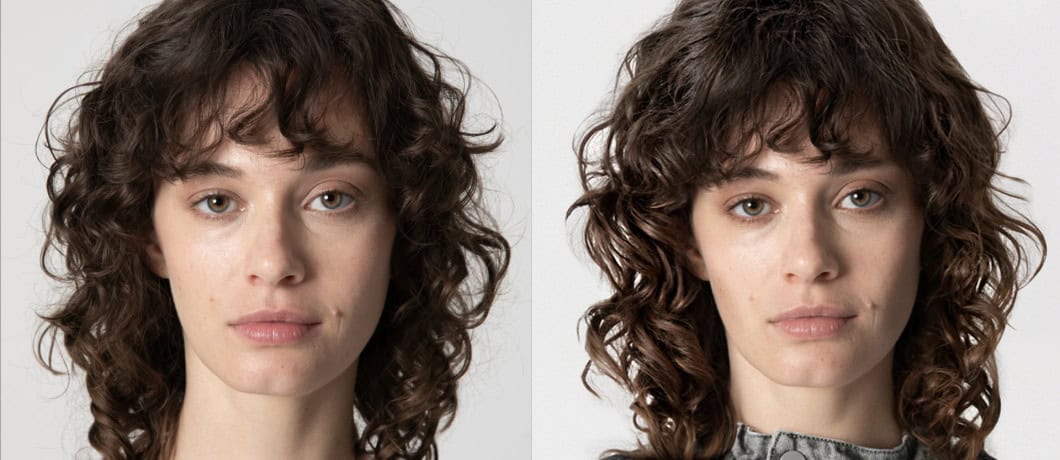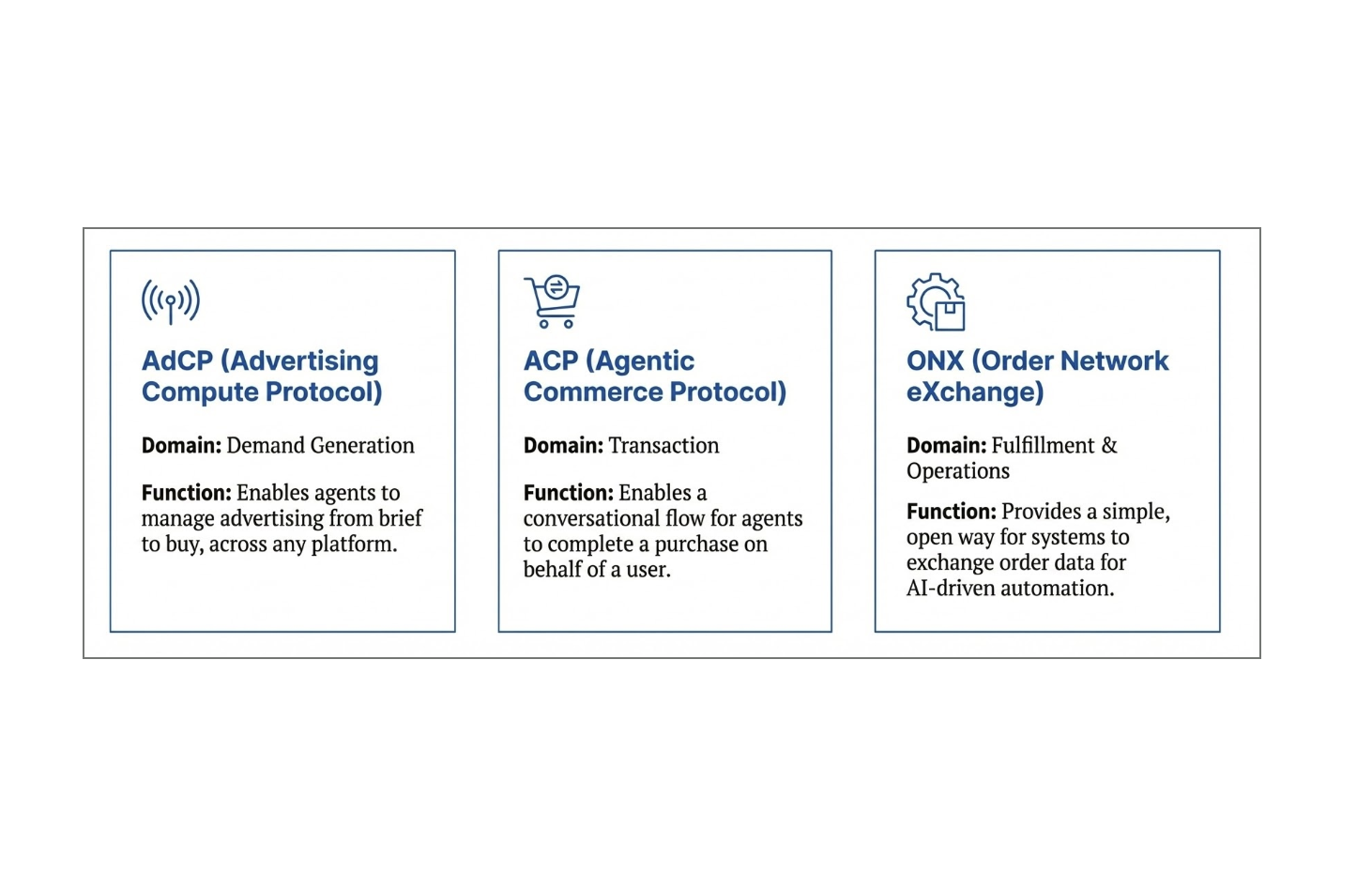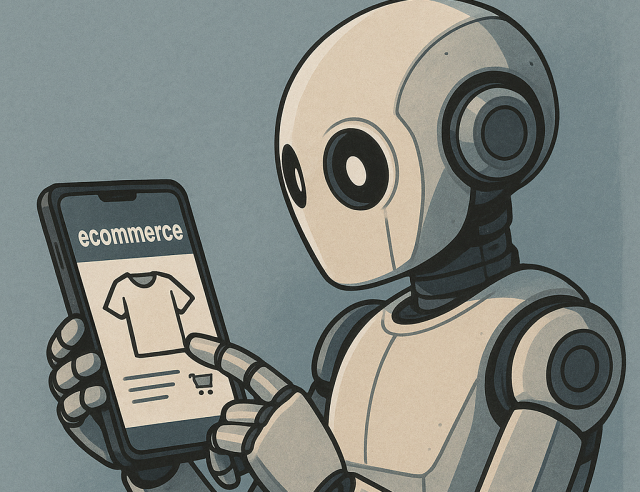AI and the Future of Fashion Product Imagery
Artificial intelligence has moved into the front line of fashion marketing & eCommerce and it is starting to change how products are presented. Last month Vogue published an issue featuring AI-generated models, explicitly labeled as “produced with artificial intelligence.” While innovative, this experiment drew mixed reactions. Many praised the use of AI to push aesthetic boundaries, while others criticised it inauthenticity and detached from real-world diversity. The controversy highlighted fashion’s ongoing tension between creativity, ethics, and consumer trust.
Over the past year, AI-generated imagery has seen some of the most impressive advancements. From experimental to very well polished and accessible thanks to key innovations from leaders like Google, OpenAI & the early pioneers like Midjourney.
Google’s Imagen 4 and “Nano Banana” (Gemini 2.5 Flash Image)
In May, Google unveiled Imagen 4, its next-generation text-to-image model, delivering ultra-photorealistic outputs, sharper text and logo rendering, and stunning detail—think richly textured fabrics, reflective surfaces, and lifelike lighting—far surpassing prior models in fidelity and speed. More recently Google launched Nano Banana (Gemini 2.5 Flash Image), which enabled faster and more intuitive image generation and editing which generates images typically in under 10 seconds. Its popularity surged, processing more than 200 million image edits.
OpenAI’s GPT-4o and GPT-Image-1
There was a turning point for OpenAI back in March, with the integration of 4o image generation natively into the multimodal GPT-4o model which succeeded it’s original DALL·E service. The upgrade brought big improvements with precise object placement, more coherent visual detail, significantly better rendering of embedded text, and stronger alignment with elaborate prompts. Within its first week, over 700 million images were generated by around 130 million users.
MidJourney
Midjournery 6.1 launched in June, enhancing image coherence and text adherence which boosted realism and creative control. Open-source alternatives are rising fast too with Flux.1 Kontext & HiDream-I1 emerging earlier this year.
Brands experimenting with AI-generated images
Fast-fashion giant Shein was discovered using an AI-generated image model of a real person, Luigi Mangione, without consent. The controversy led to debate around ownership, likeness rights, and transparency in AI-driven product imagery. This case underscores the reputational risks brands face when deploying generative AI without proper safeguards.
In Europe we’re seeing experimentation at different speeds being done all across fashion retail. Zalando is among the most advanced in operationalising AI imagery. Zalando has scaled the use of AI-assisted tools across content workflows. Last year Zalando said “In the past six months, AI-driven content production has scaled, with approximately 70% of editorial campaign assets being AI-generated in Q4 2024.”. Other European brands including H&M, Mango, and Louis Vuitton are experimenting quietly with AI-generated and augmented product images in advertising campaigns. While these initiatives are less publicised than Vogue’s or Shein’s, they signal a broader trend: AI is becoming a normalised part of visual production pipelines, reshaping the economics and aesthetics of fashion marketing.
It seems AI is no longer a back-office experiment for fashion brands and moving into the mainstream shaping what consumers will strart to see more of when they browse, shop, and seek inspiration. From efficiency gains to inclusivity opportunities, the potential is enormous. But ethical risks around authenticity, representation, and consent remain hurdles. Brands that find the right balance between creativity, transparency, and responsibility will set the tone for fashion’s AI-powered future.



